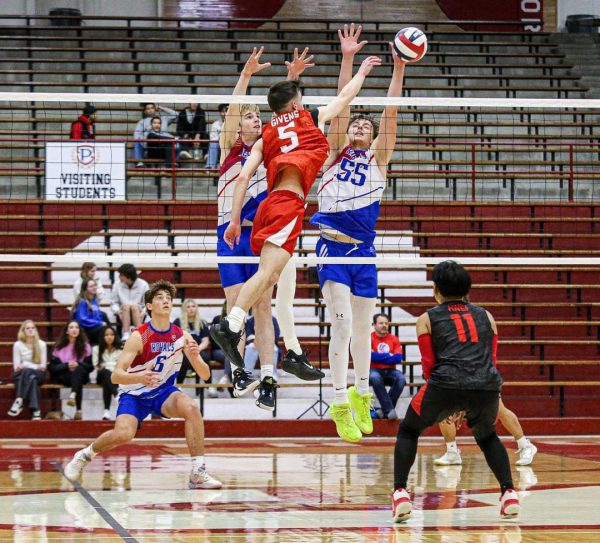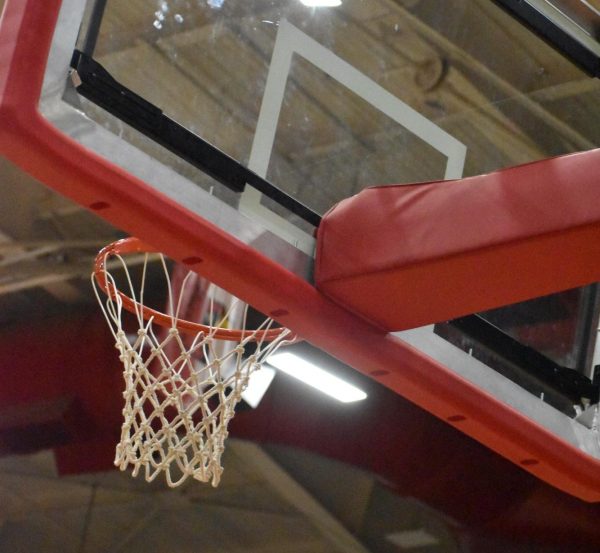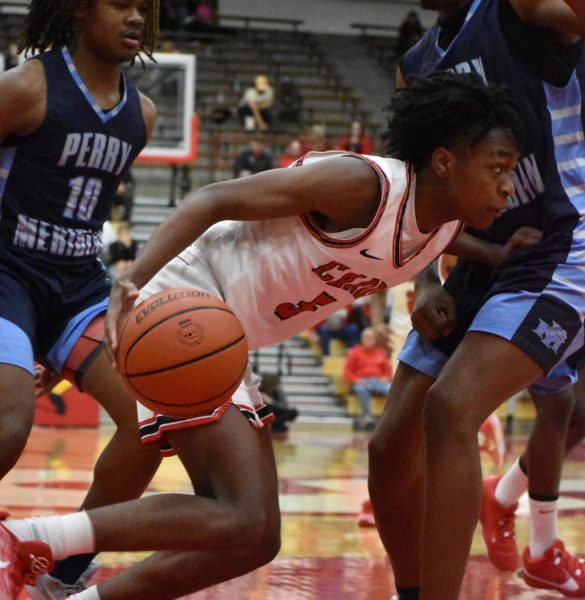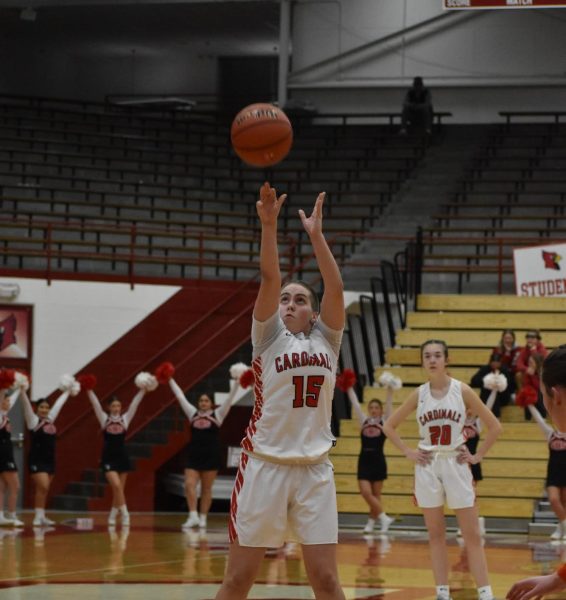Spring athletes feel effects of busy schedule
Baseball and softball players keep up with sports and school
{Bottom} Juniors Alexis Baker (left) and Pa’Tyn Pardue (right) work on classwork in ASL. Baker has to balance school work with a high game load. {Top} Baker slides into home against Perry Meridian High School.
May 19, 2017
In just over two months, the SHS varsity football team finished their season and played 11 games. In the winter, the SHS varsity basketball team finished their 18 games in just over three months. When spring sports like softball and baseball roll around the pace of games increase tremendously in order to fit everything into the schedule.
SHS’s varsity baseball and softball teams have the most condensed schedule out of all other sports. In two months, the baseball team has 27 guaranteed games. The softball team has two months and two days to complete their 28 game season.
A problem that the teams face is the physical demand of playing so many games in such a short period of time. Baseball averages 2.5 games per week and softball averages 3.1 games per week. This is significantly more than other sports like football which averages 0.9 games per week and basketball which averages 1.3 games per week. There are several occasions like the one that the softball team is facing today and tomorrow where the team will have a game Friday night and a doubleheader Saturday morning.
Tonight at 6, the softball team has an away game against Cardinal Ritter. Then they have to be in Mooresville tomorrow morning at 11 to play a doubleheader against Mooresville High School. That is three games in less than 24 hours. Both softball and baseball have to go through tiring series of games like this.
“At the end of the day on Saturday, it’s really physically exhausting,” junior Kris Massey said.
Head softball coach Scott Montgomery says that he too sees physical effects on his players, but the mental and emotional effects are greater.
“I think I notice it more mentally and emotionally because you’re asked to be up night after night after night and be on your game and sit there and root for your teammates,” Montgomery said. “You can only go to the well so many times before it comes up dry one time… it’s a hard thing to do.”
Another struggle that pertains only to baseball is pitch count. According to IHSAA rules, pitchers must rest a certain amount of days when they throw a certain amount of pitches in a game.
If a pitcher throws between 36 and 60 pitches, they are required one day of rest. If they throw between 61 and 80, they need two days of rest. If they throw between 81 and 100 pitches they need three rest days and if their pitch count falls between 101 and 120, they are required four rest days.
A rest day is either a game or a practice where a pitcher doesn’t pitch. This rule causes coaches to strategize and think ahead in order to determine who they want pitching in certain games so that they don’t run out of people to pitch.
“We usually throw our good pitchers during the week and when it transitions down into the weekend it kind of gets if-y on who’s going to throw,” Massey said. “Pitch count is kind of brutal this year.”
Another challenge these student athletes face is finding the time to be a student. Junior Alexis Baker says she struggles balancing the softball schedule and her loaded school schedule which consists of Honors Pre-Calculus, AP Language and Composition, DC Chemistry and DC US History.
“You don’t really have time to do your school work because on away games we won’t get back to the school until about 8:30 and you still have to eat dinner and hang out with your family and stuff,” Baker said.
With just three games left in the season for softball and two for baseball, both teams hope to perform well in the sectional tournament.








